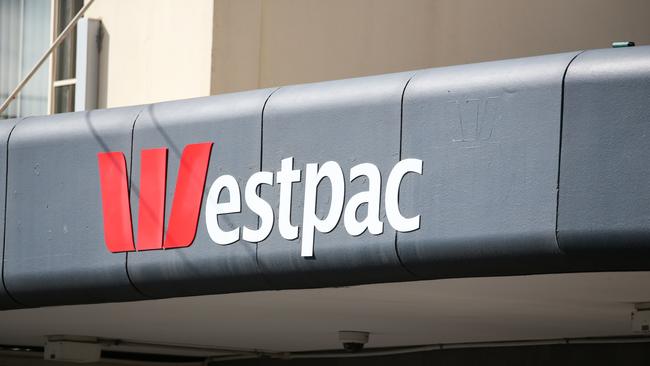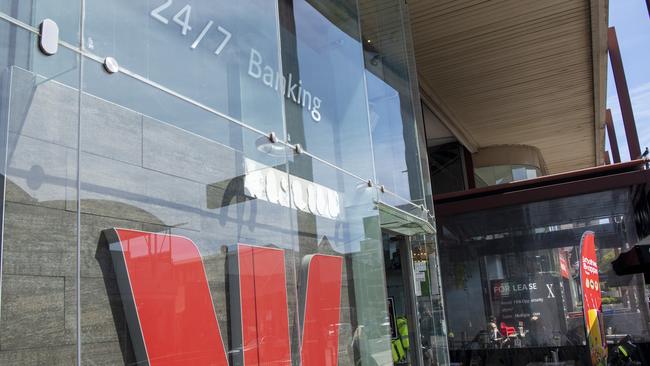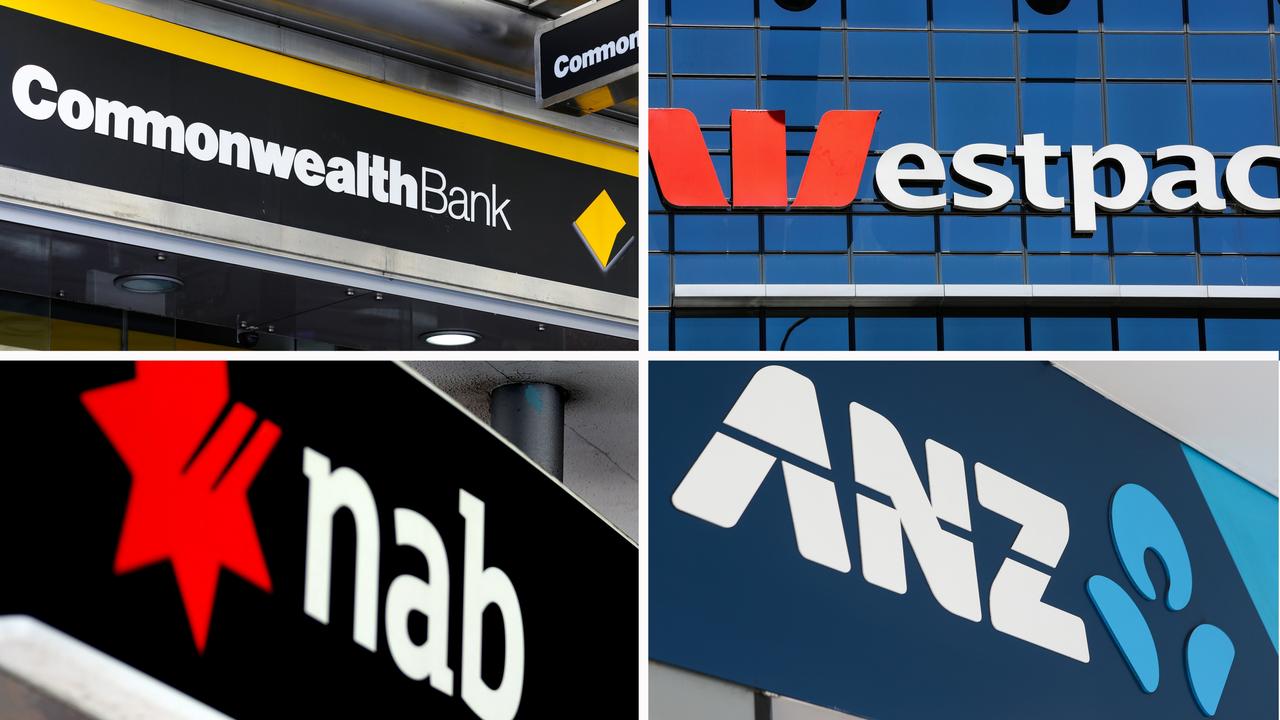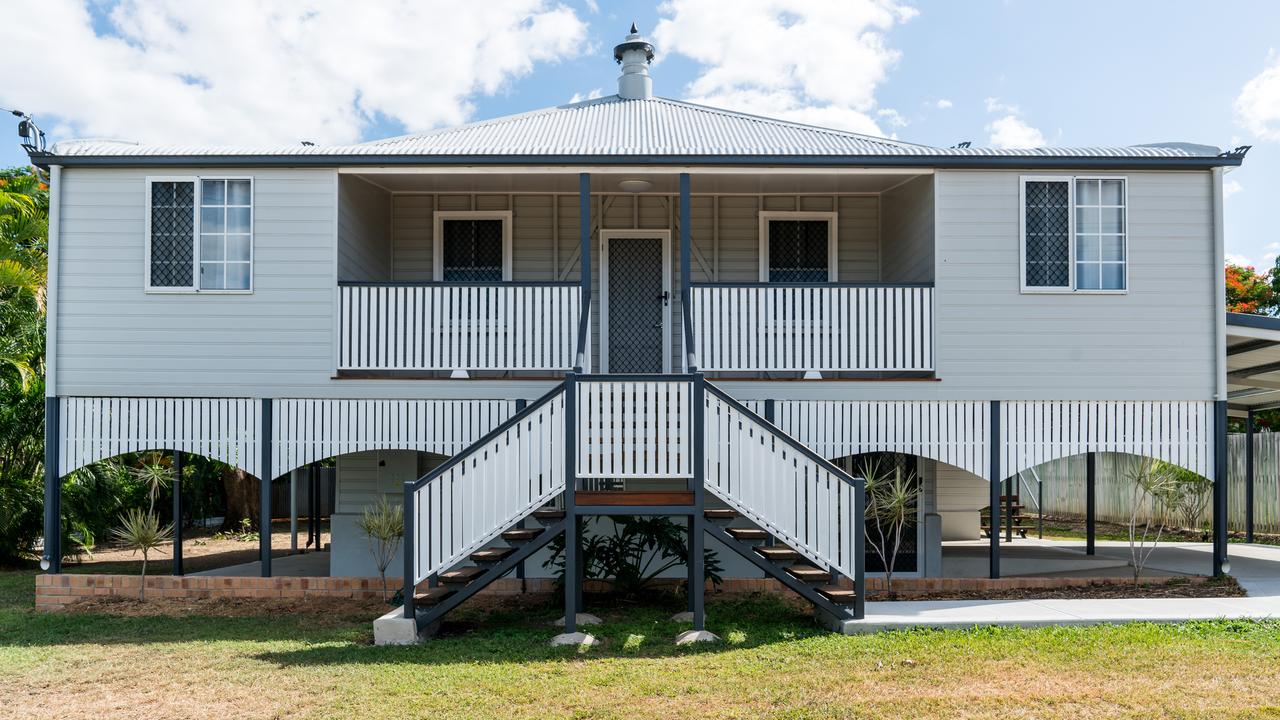Fewer Westpac customers on hardship provisions
Westpac has flagged the majority of mortgage holders don’t need a rate cut, as they have become accustomed to higher interest rate payments.

Banking
Don't miss out on the headlines from Banking. Followed categories will be added to My News.
Westpac says the peak of the cost-of-living crisis might have passed, noting the number of mortgage holders that need help has fallen over the last quarter.
In a note to shareholders, it said the majority of customers were getting used to higher interest rates, as the Reserve Bank holds the cash rate higher for longer. Westpac forecast the number of customers needing help if rates were held until 2026 was unlikely to significantly rise, as on average they were still in front of their mortgages by 11 months despite cost-of-living pressures.
The bank issued 47,500 hardship packages during the last investment period, but the vast majority of customers only needed them for three months.
It also said offset balances had grown by 10 per cent to $60bn, saying the bulk of customers are actually getting further ahead.
According to the big four bank, even if rate cuts are slow, “the majority of customers are used to these higher levels of interest rates”.
Westpac did caveat that this forecast was based on unemployment remaining low, saying higher rates would likely weaken the economy over impacting customers paying off their mortgage.
“We recognise households and businesses are resilient. The peak of the hardship was in June and there has been some reduction in the later months,” the bank said.

Westpac chief executive Peter King said some customers were doing it tough in the current economic climate and he encouraged anyone who needed help to call the bank.
Mr King said Westpac’s economists were predicting a rate cut in February 2025 that would add much-needed relief for customers.
“As we approach 2025, the domestic economy is showing positive signs,” Mr King said.
“Consumer sentiment has risen to a 2½ year high, the labour market is holding up well and inflation is nearing target.
“Some central banks have shifted to an easing cycle and the RBA is likely to follow in 2025. This will be good news for many households and businesses.”
Westpac also said full-year profits fell 3 per cent to $7bn, as competition for mortgages and cost-of-living pressures impacted the big four bank’s margins.
Westpac’s net profit decreased 17 per cent on its consumer segment despite net loans increasing 4 per cent.
Despite customers feeling pressure, loan impairments fell in the period to just 7 basis points of the bank’s book, down from 9 basis points.
“The low level of impairment charges reflected our prudent lending practices and customer resilience across both households and businesses,” Mr King said.
“However, we recognise some customers are facing difficult choices. While the majority are showing resilience, we’re well positioned to provide support to those who need it.”

Westpac also said revenue was down 6 per cent, “reflecting intense mortgage competition”.
The bank’s net interest margin, a key banking profitability metric, narrowed to 1.93 per cent from 1.95 per cent the previous year due to tougher competition, Westpac said.
Net interest margins fell by as much as 18 basis points, decreasing throughout the year.
The bank declared a higher final dividend of 76 Australian cents per share compared with 72 Australian cents a year earlier.
Additionally, shareholders will benefit from a $1bn share buyback, as Westpac looks to lift the value of its shares. The $1bn buyback follows the bank purchasing its own shares in May, taking the total value of the buyback scheme to $2.5bn.
Meanwhile, research from the Australia Institute found the big four banks are cashing in due to a lack of competition as they basically just compete with each other.
The Australia Institute found that over the average 30-year home loan, the big four banks pocket $200,880, or 35 per cent on the average $574,2000 home loan, in interest.
Australia Institute senior economist Matt Grudnoff said mortgage holders, particularly new ones, were bearing the brunt of the cost-of-living crisis due to higher interest rates the banks were charging customers.
“The ABS releases what are called selected cost of living, where they create households and one of them is an employee household with a mortgage. The current inflation rate for that household is above 6 per cent still due to the rapid rise in interest rates and that is the kind of pain that could be relieved by more competition,” Mr Grudnoff said.
“We think it is the government’s role to fix this market failure and lack of competition and work hard in the banking sector to get more competition into the market.”
Originally published as Fewer Westpac customers on hardship provisions


